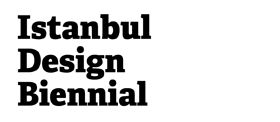
Gwendolyn Floyd’s text for NCR-09 [Economy]
In emerging economies around the world, hundreds of millions of small-scale producers are currently making valuable goods. However, these producers cannot access the worldwide consumer demand for their unique, low-cost, largely handmade products because they, like over 70% of the world’s population, are living and working on the other side of the digital divide, unable to benefit from the innovation and economic opportunities provided by the Internet.
Women, who account for over 70% of the world’s poor, also make up the majority of these small-scale producers. Over 85% of women in sub-Saharan Africa are self-employed in the informal economy. Many turn to the production of crafts and handmade goods to earn or supplement meagre incomes. Their sales, however, are limited to the local economy, with inconsistent demand and high personal costs for transportation and marketing of their goods. From another perspective, however, the costly and inaccessible export supply for developing world goods is fertile ground for disruptive innovation that could open up this enormous untapped market of high-quality goods to the global marketplace.

















